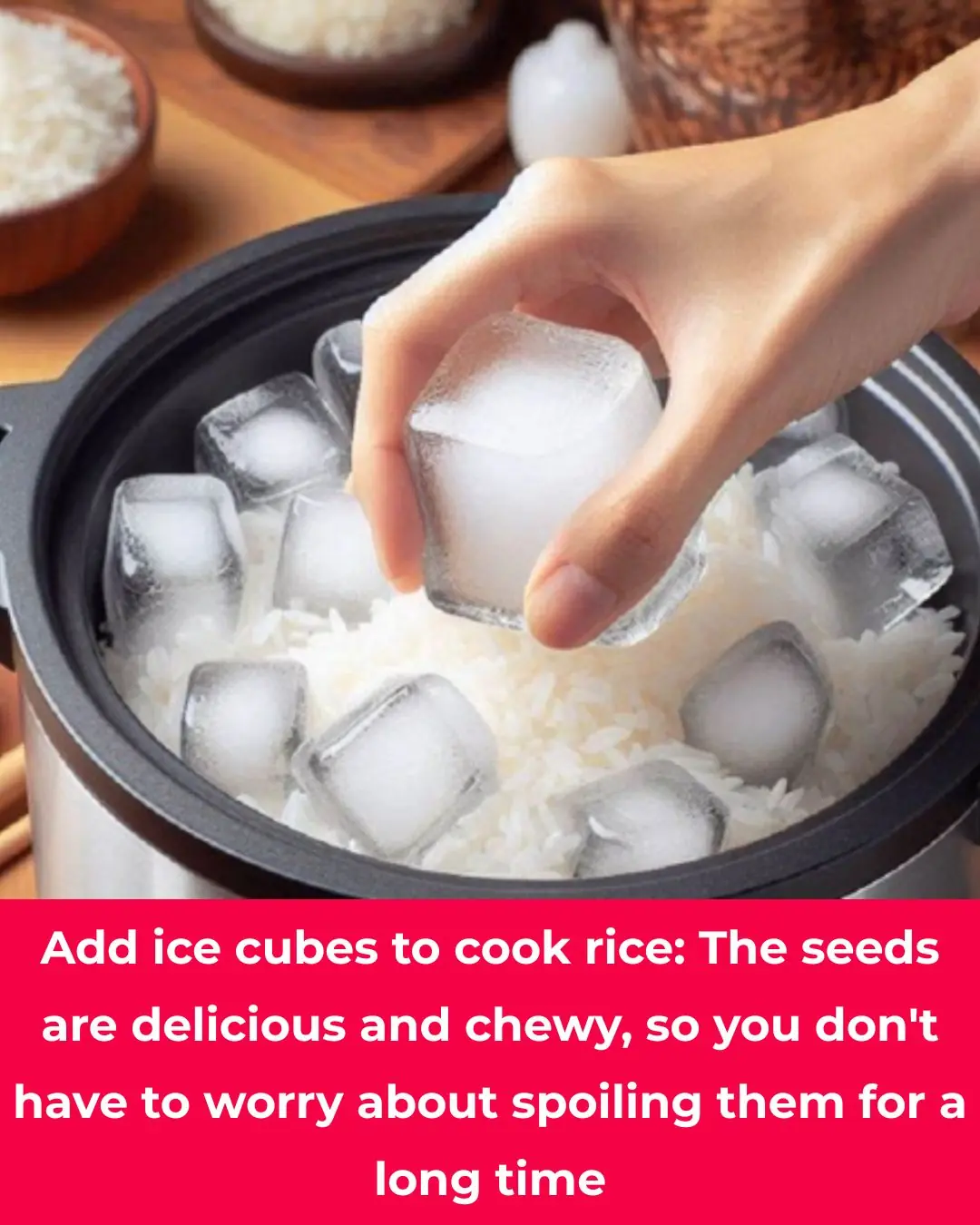
Don't put ripe bananas in the refrigerator right away: Do it this way, and they will stay fresh for a whole month, without turning black or spoiling.

Can You Store Bananas in the Refrigerator? Here’s the Right Way to Do It
Bananas are one of the most popular and affordable fruits, packed with essential vitamins and minerals that benefit your health. Because they’re so common, many people tend to buy them in bulk and keep them in the refrigerator for gradual use. However, according to nutrition experts, storing bananas in the fridge isn’t always ideal and can actually shorten their shelf life if done incorrectly.
Should You Keep Bananas in the Refrigerator?
At temperatures between 4°C and 8°C (39°F – 46°F), bananas stored in the refrigerator can easily turn black, lose their flavor, and even begin to rot. The cold temperature slows enzymatic activity but also damages the banana’s skin and texture, leading to a mushy, unappetizing fruit. Moreover, refrigeration can reduce some of the banana’s natural nutrients and alter its sweet taste.
That said, there are a few methods that allow you to refrigerate bananas correctly while maintaining most of their flavor and freshness.
1. Storing Bananas in a Zip-Lock Bag
Step 1:
Separate the bananas from the bunch. Wrap each banana individually with plastic wrap or cling film to prevent exposure to air. Place the wrapped bananas into a zip-lock bag and seal it tightly.
Step 2:
Put the bag in the refrigerator’s fresh compartment at around 3°C (37°F). With this method, bananas can stay fresh for about 3–4 days before they start browning.
👉 Tip: Avoid washing the bananas before storing them, as excess moisture accelerates spoilage.
2. Using Plastic Wrap Only
You can also wrap each banana directly using cling film without a zip-lock bag. Make sure to cover the stem area completely — that’s where most of the ripening gas (ethylene) is released. Keep them in the fridge at about 3°C. This way, ripe bananas can last up to one week.
If you notice the skin turning dark, don’t worry — the inside is usually still perfectly fine to eat.
3. Freezing Bananas in the Freezer
When freezing bananas, it’s better to remove the peel first. Frozen bananas are ideal for making smoothies, baking, or as a cold snack.
How to freeze bananas properly:
Step 1:
Peel the bananas and slice them into medium-sized rounds.
Step 2:
Line a baking tray with parchment paper and arrange the banana slices in a single layer so they don’t stick together. Place another sheet of parchment paper on top.
Step 3:
Freeze for about 2 hours, then transfer the slices into an airtight container or a zip-lock freezer bag and return to the freezer.
Alternatively, you can freeze whole bananas (with peel) in a zip-lock bag. The peel will turn black, but the fruit inside will remain fresh and tasty.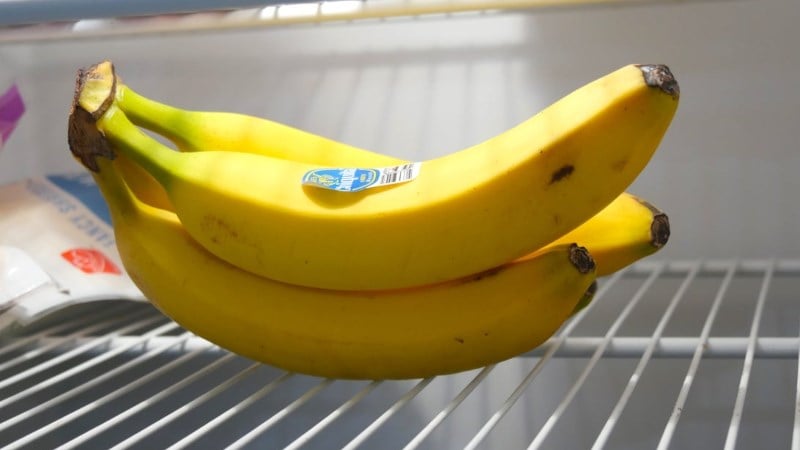
Should You Freeze Ripe Bananas?
Freezing ripe bananas helps slow down the ripening process, allowing you to enjoy them for longer. However, it’s not recommended to freeze bananas too often. After being frozen for a long time, they tend to lose their natural sweetness and some nutrients. For best results, use frozen bananas within 2–3 weeks.
Extra Tips to Keep Bananas Fresh Longer
1. Let Green Bananas Ripen at Room Temperature
If you buy green bananas, let them ripen naturally at room temperature. Avoid placing them near heat sources, as that will speed up the ripening process unevenly. Storing unripe bananas in the refrigerator can damage their cells, causing them to turn black before they ripen properly.
2. Brush Banana Slices with Lemon Juice
When storing sliced bananas, lightly brush them with lemon juice. The citric acid helps prevent oxidation and browning. Don’t soak them in lemon juice, as that will make them too sour. If you dislike lemon, you can use orange juice, apple juice, or even a dissolved vitamin C tablet instead.
3. Hang Bananas on a Hook
Hanging bananas in a cool, well-ventilated area prevents bruising and slows the ripening process. Wrap the banana stems with plastic wrap to limit oxygen exposure — this simple trick can extend their shelf life by up to one extra week.
4. Don’t Store Bananas with Other Fruits
Ripe fruits naturally release ethylene gas, which speeds up ripening. Therefore, store bananas separately in an open space rather than in sealed plastic bags, which trap gas and moisture, leading to faster spoilage.
Who Should Avoid Eating Bananas?
1. People with Type 2 Diabetes
Bananas, especially ripe ones, contain a high amount of natural sugar. Consuming them can raise blood sugar levels quickly, so diabetics should limit or avoid eating ripe bananas.
2. People with Kidney Disease
Bananas are rich in potassium, which can be harmful to individuals with chronic kidney disease or nephritis. Excess potassium can cause irregular heartbeats, nausea, and slower pulse rates. These individuals should also limit other potassium-rich foods such as soybeans, green beans, durians, tuna, and beef.
3. People Prone to Headaches
Bananas contain tyramine and phenylethylamine, compounds that may constrict blood vessels and worsen headaches. If you suffer from migraines, it’s best to avoid eating bananas when symptoms occur.
4. Heart Disease Patients
People with heart conditions who take beta-blockers should be careful with bananas. These medications already raise potassium levels in the blood, and eating more potassium-rich foods like bananas can cause imbalances and affect heart function.
Final Thoughts
While bananas can be stored in the refrigerator or even the freezer, doing so requires proper technique. Remember: cold temperatures can change the fruit’s texture and color but not necessarily its taste. For the best flavor and nutrition, store bananas at room temperature and consume them within a few days of ripening. With these tips, you can enjoy delicious, fresh bananas for longer — without worrying about waste or spoilage.
News in the same category


When boiling pork intestines, don't put them in cold water: Doing it this way will make the intestines white and crispy, but not tough.

Bone stew, simmered bones for this dish, the meat is tender and the broth is sweet and clear.

Last weekend, I made grilled ribs like this to treat my guests. Everyone exclaimed because it was so delicious.

When you buy pork, don't wash it in water right away. If you do this, the meat will stay fresh and delicious for a whole month.

Sour star fruit soaked in rock sugar has great effects?

Crush a handful of these leaves and put them in the room

Help! My 8-year-old was bitten by this strange bug, and I’m really worried. My sister-in-law nearby has seen similar ones. Any idea what it is?
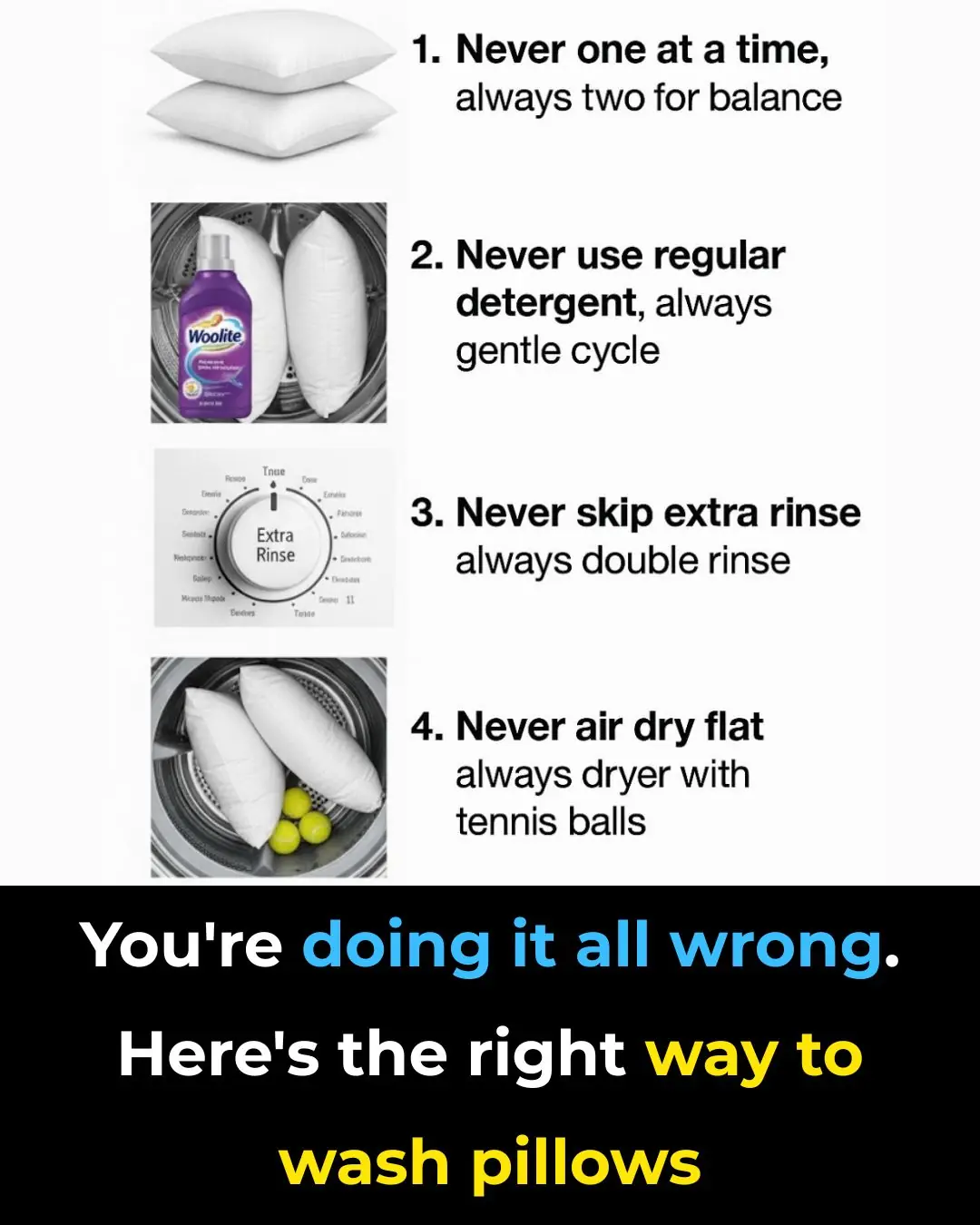
You’re doing it all wrong. Here’s the right way to wash pillows
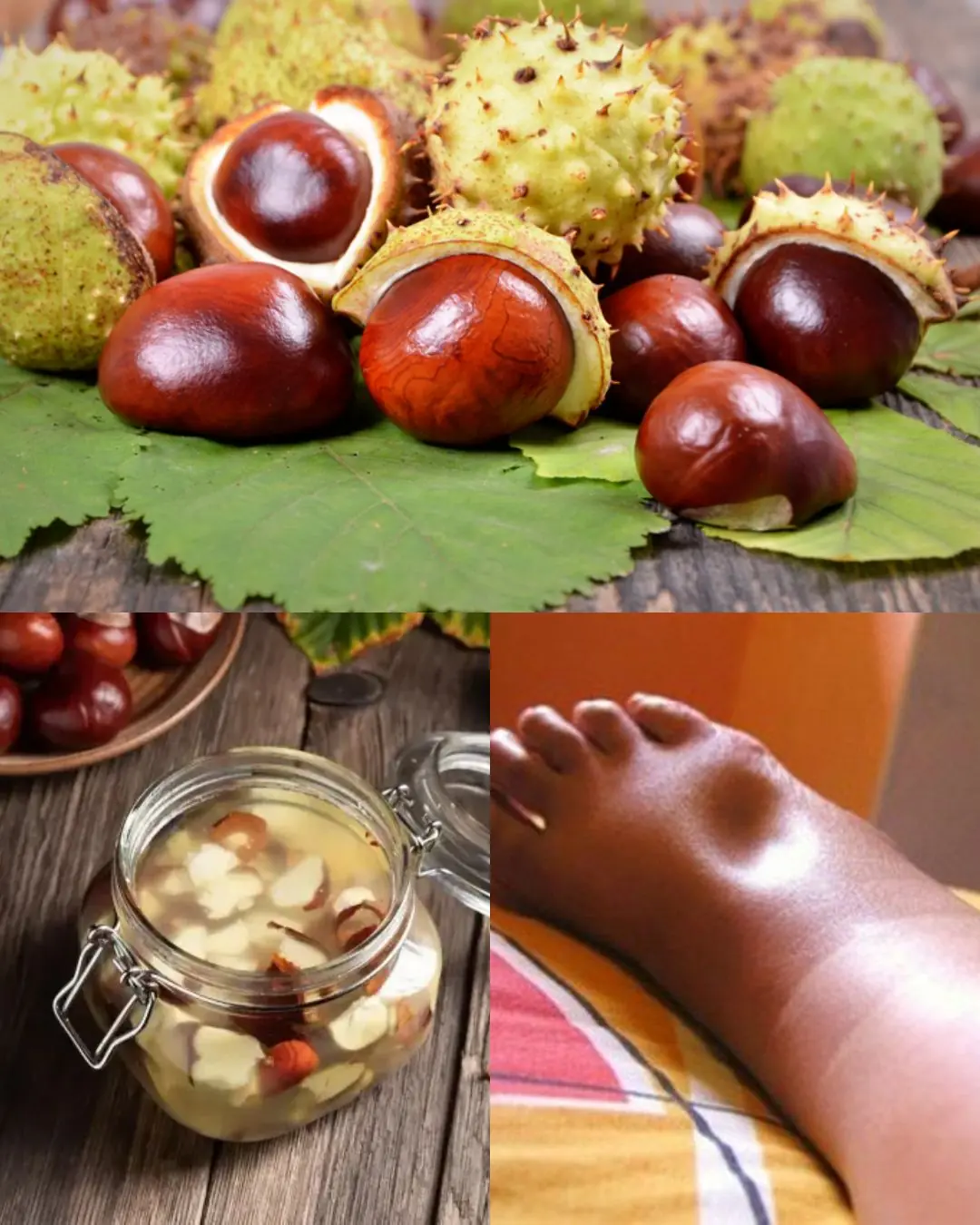
Horse Chestnut: The Strongest Natural Remedy for Swollen Legs and More…
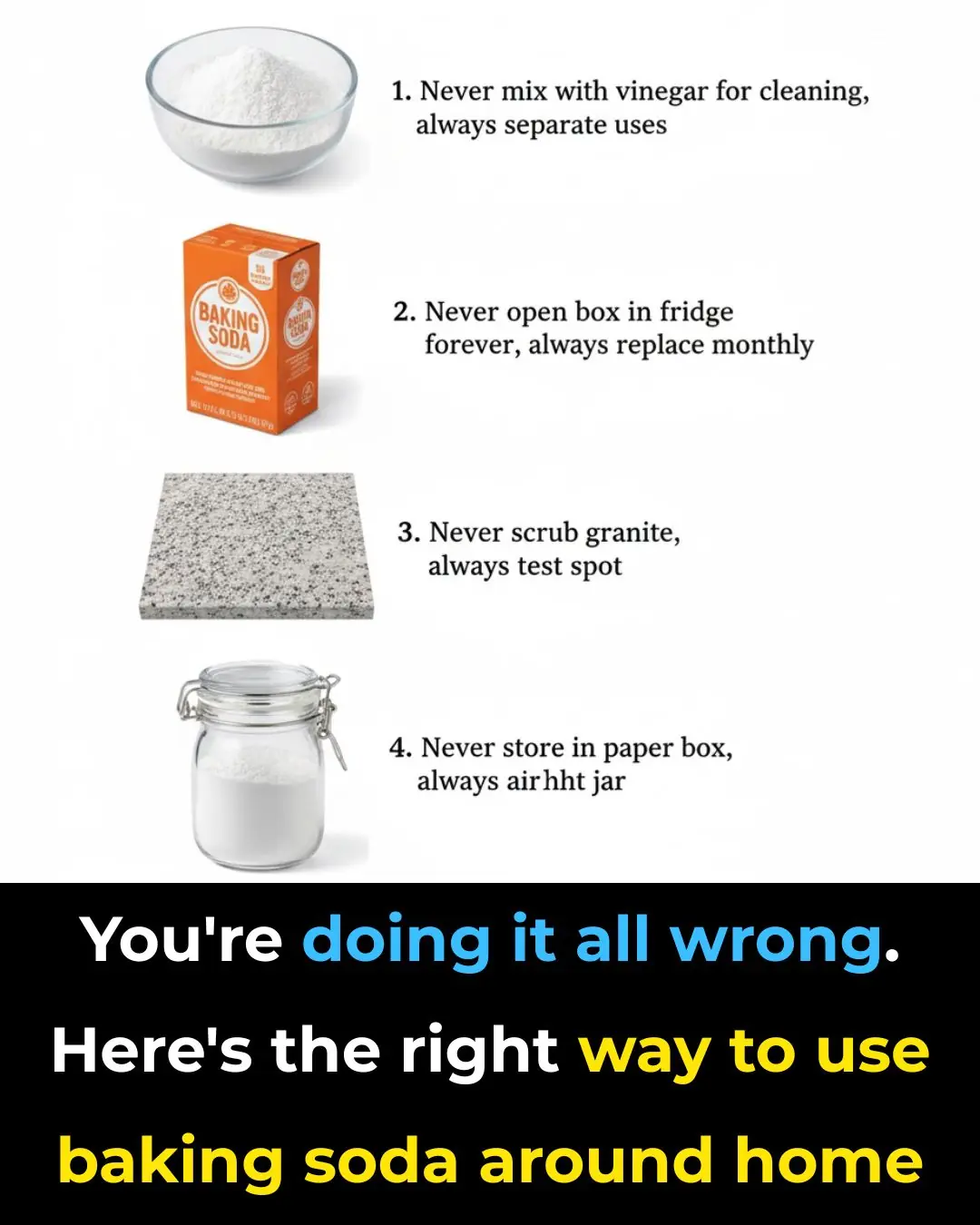
These ideas are brilliant
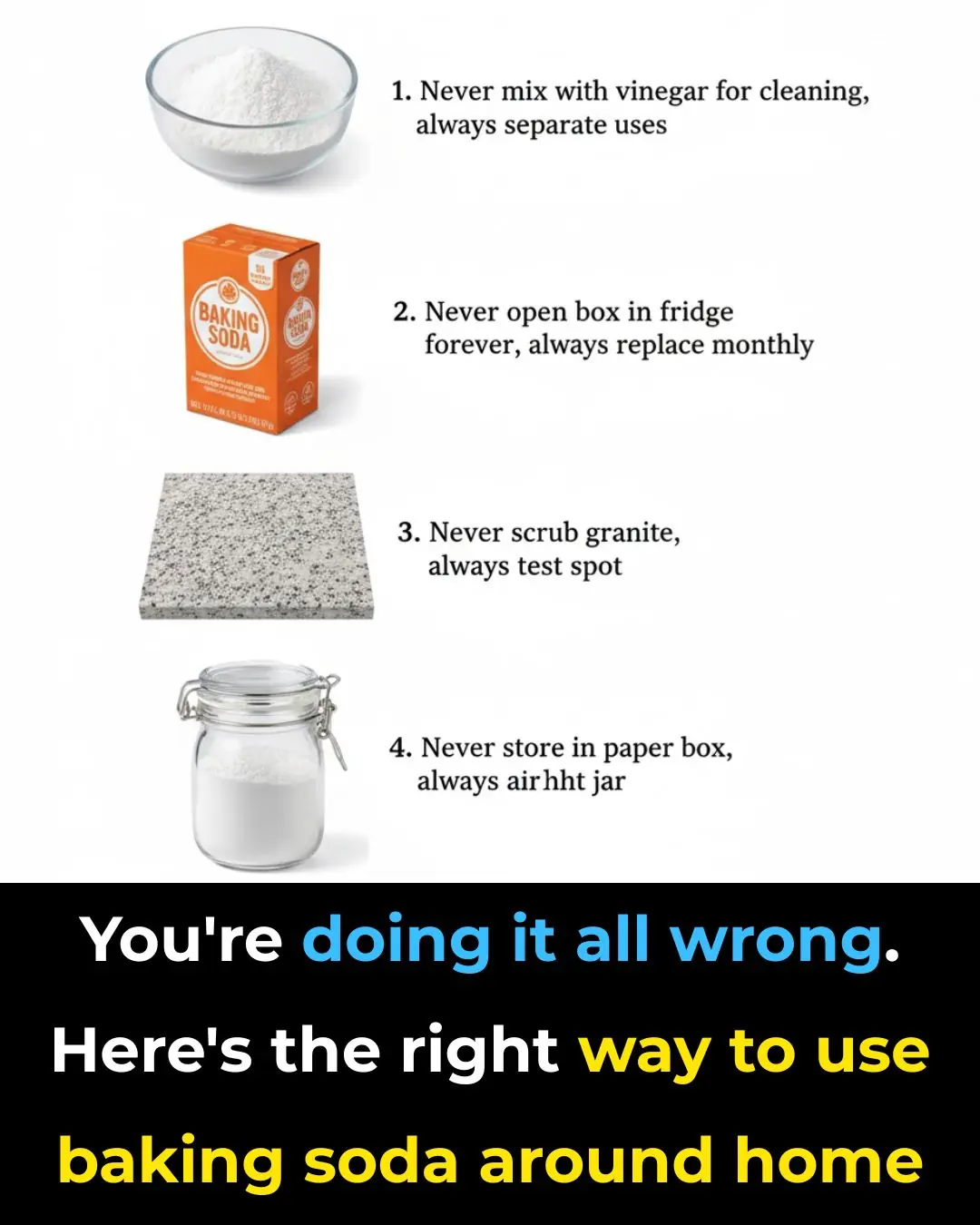
You’re doing it all wrong. Here’s the right way to use baking soda around home

Keeping these 4 things on your bedside table can easily cause insomnia and hair loss

You’re doing it all wrong. Here’s the right way to unclog a drain

Most do this wrong. 10 things that make mold grow faster

How to make bean sprouts without watering, in just over 2 days you will have big, white bean sprouts

The 'immortality' vegetable grows wild in gardens and is extremely good for the lungs, but Vietnamese people dislike its strange smell so they rarely use it.

Eat okra regularly: These are the "golden" benefits that you should not ignore.
News Post

Put ice cubes in to cook rice: The seeds are delicious and chewy

Knowledge of how a water filter can become a disease site

When boiling pork intestines, don't put them in cold water: Doing it this way will make the intestines white and crispy, but not tough.

Bone stew, simmered bones for this dish, the meat is tender and the broth is sweet and clear.

Last weekend, I made grilled ribs like this to treat my guests. Everyone exclaimed because it was so delicious.

When you buy pork, don't wash it in water right away. If you do this, the meat will stay fresh and delicious for a whole month.

Sour star fruit soaked in rock sugar has great effects?

7 Surprising Things Men Actually Notice About Women

Optical Illusion Tells You Whether You’re Private Or Powerful

How to Use Tea Bags on Your Eyes: A Natural Remedy for Dark Circles, Puffiness, and More
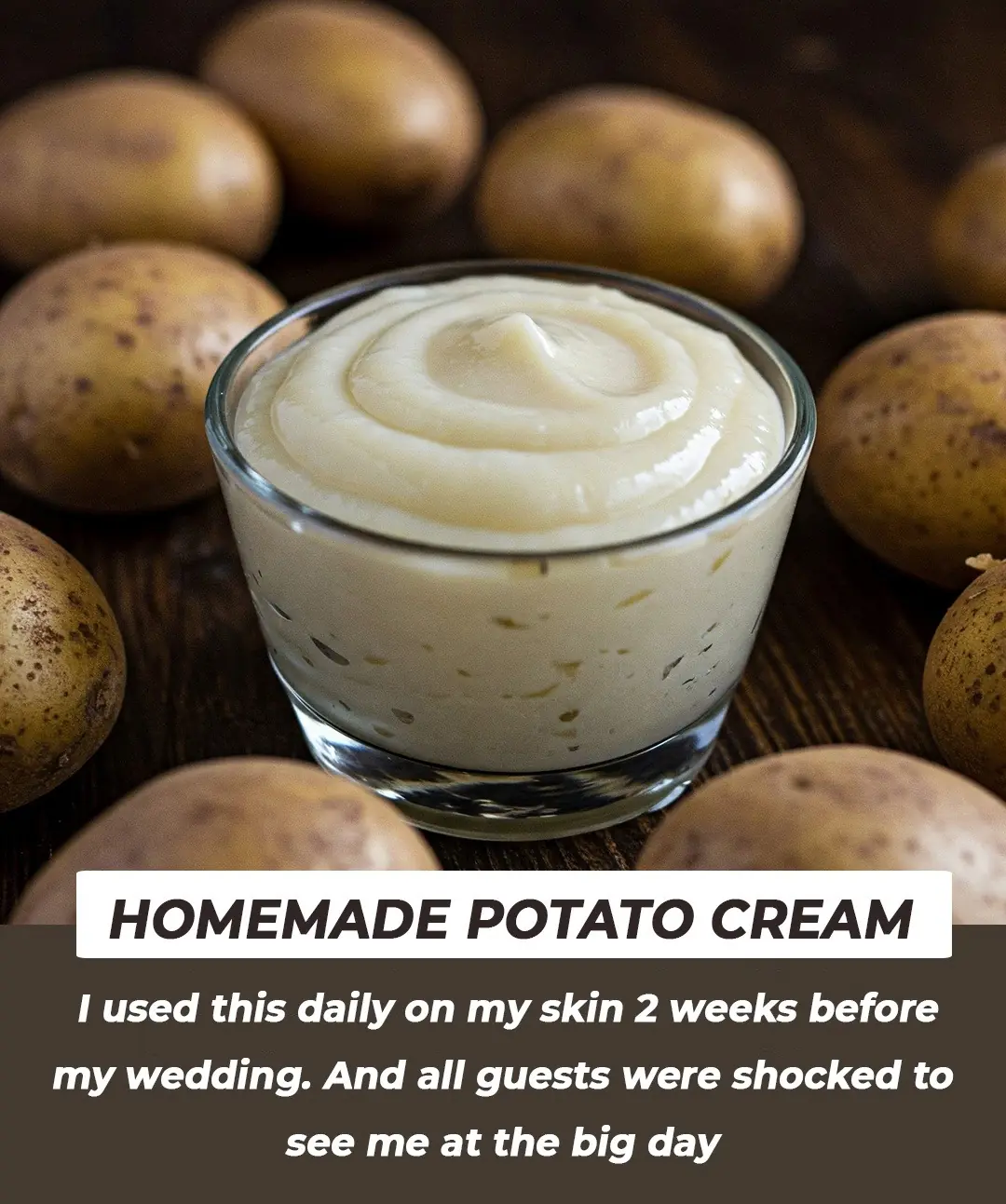
Potato Gel for Glowing Skin & Dark Spots: A Natural Solution for Hyperpigmentation

5 DIY Turmeric Face Washes for Every Skin Type

9 Amazing Ways Baking Soda Can Elevate Your Beauty Routine

9 Benefits of a Yogurt Face Mask and How to DIY It

Crush a handful of these leaves and put them in the room

10 DIY Beauty Cubes for Beautiful & Flawless Skin

Help! My 8-year-old was bitten by this strange bug, and I’m really worried. My sister-in-law nearby has seen similar ones. Any idea what it is?

You’re doing it all wrong. Here’s the right way to wash pillows
